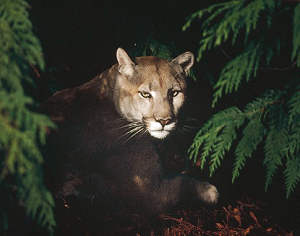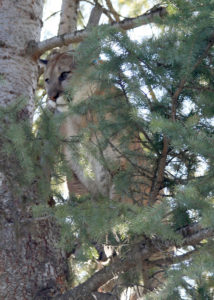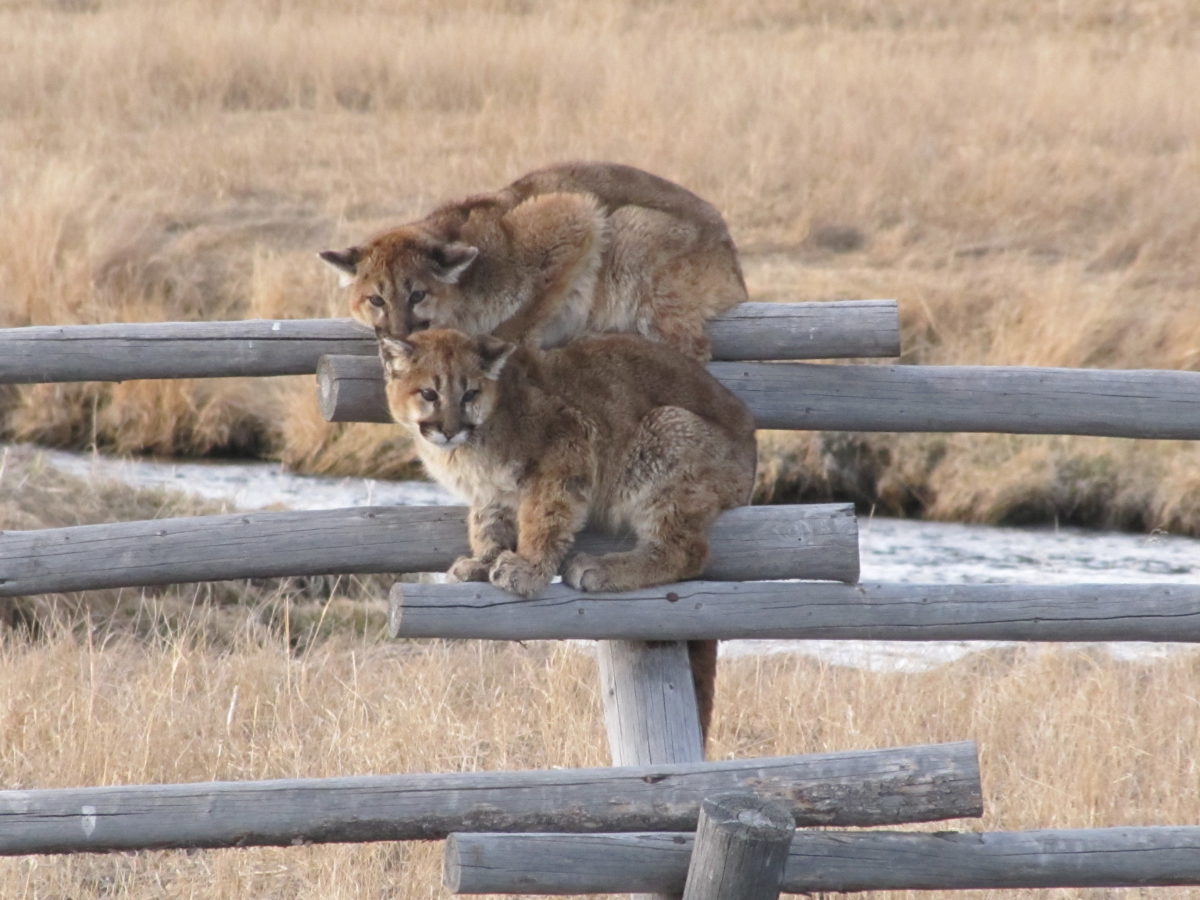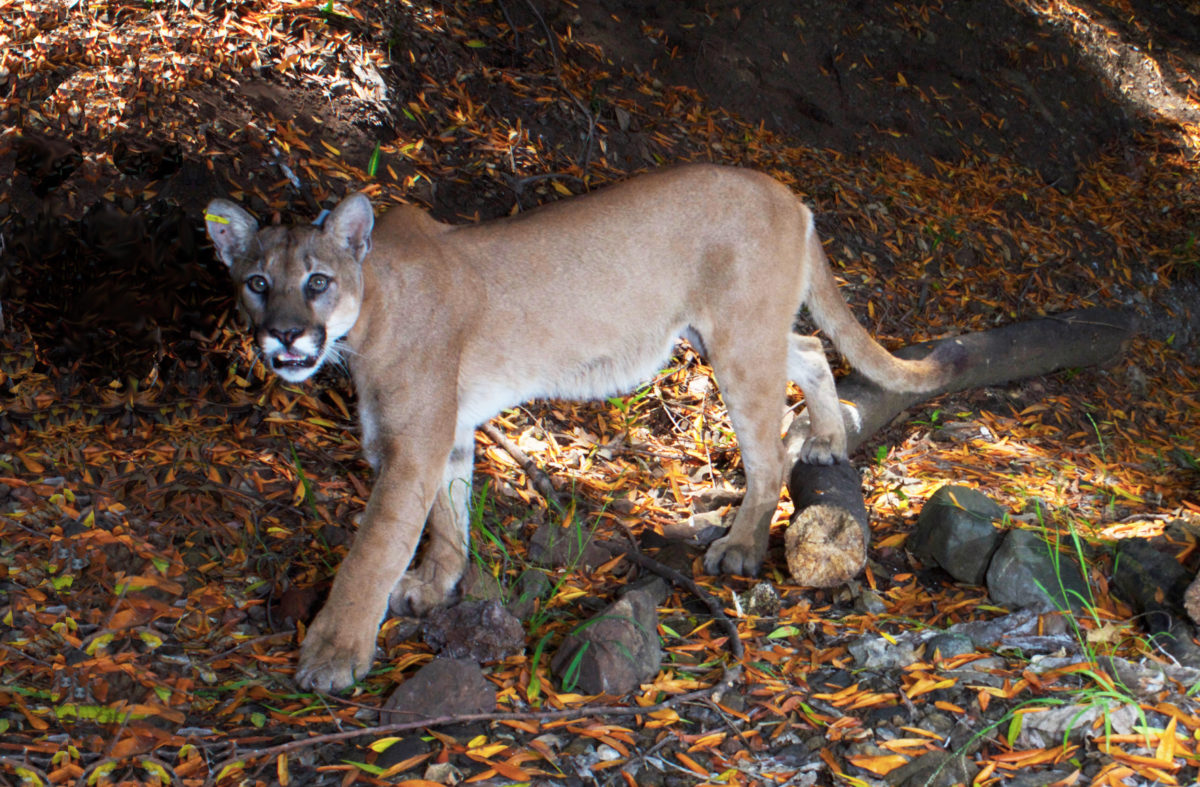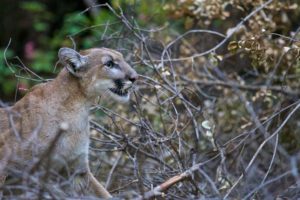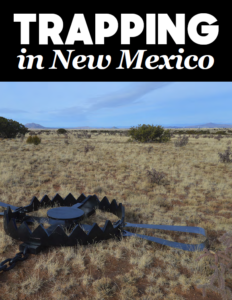For immediate release
Date: January 14, 2022
Contact:
Logan Christian, Region 2 Conservation Advocate, Mountain Lion Foundation
Lchristian@mountainlion.org
916-442-2666 ext. 108
Colorado legislators introduce S.B. 31, a bill to protect mountain lions, bobcats and Canada lynx from hunting.
Colorado – On Thursday, January 13, Colorado legislators introduced S.B. 31, a bill that would end the hunting and trapping of mountain lions, bobcats and Canada lynx in the state of Colorado. Sen. Sonya Jaquez Lewis (Boulder County), Sen. Joann Ginal (Fort Collins), Rep. Monica Duran (Wheat Ridge) and Rep. Judy Amabile (Boulder) are championing the legislation.
In Colorado, hundreds of mountain lions and thousands of bobcats are killed each year. Hounds are used to chase and corner lions to be shot by a hunter, while traps are commonly used to capture bobcats and shoot them at close range. The bill would end this recreational hunting and trapping of these two species, while also protecting the Canada lynx in case it loses its protection under the Endangered Species Act in the future.
Polling data from Colorado shows that more than two-thirds of Coloradans oppose the hunting of these wild cat species. The public has long viewed the pursuit of wild cats as ‘trophy hunting,’ where the primary motivation is to capture and kill animals for bragging rights or displaying the carcass, even if the meat is consumed. In addition to public support, a broad coalition of wildlife conservation organizations are supporting S.B. 31, including Mountain Lion Foundation, Humane Society of the United States, Animal Welfare Institute, the Center for Biological Diversity, Project Coyote, Sierra Club Colorado, WildEarth Guardians and Boulder Bear Coalition.
Logan Christian, Region 2 Conservation Advocate for Mountain Lion Foundation, said, “We are proud to support S.B. 31 and applaud the legislators who are taking this bold effort to end the hunting and trapping of Colorado’s wild cats. Hunting disturbs the social structure of mountain lions and other wild cats, often exacerbating conflicts between these species and humans. Colorado’s wild cats already face mounting threats from highways, urban expansion and climate change. Removing hunting as an additional source of mortality will help protect the long-term persistence of these species.”
Sen. Sonya Jaquez Lewis from Boulder County, one of the legislators who introduced the bill, said, “We know that 72% of Colorado residents believe that our state’s beautiful mountain lions and bobcats should not be hunted as trophies, yet, hunters kill hundreds each year. Mountain lions self-regulate their population sizes and very few livestock are killed by them in Colorado. We do not need to be hunting these gorgeous animals for sport in our state.”
The bill includes exemptions for killing wild cats when necessary to protect livestock, public safety or to euthanize an injured animal.
For updates from Mountain Lion Foundation on how to support this legislation, sign up at mountainlion.org/join-us.


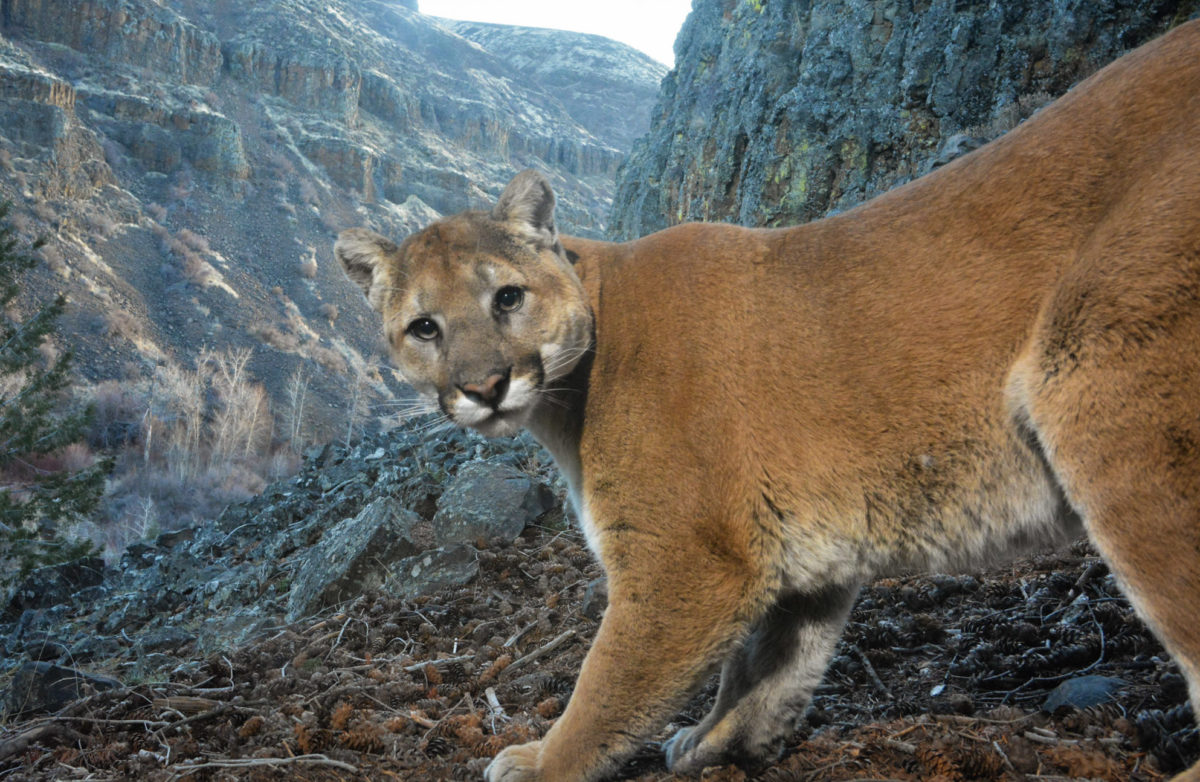
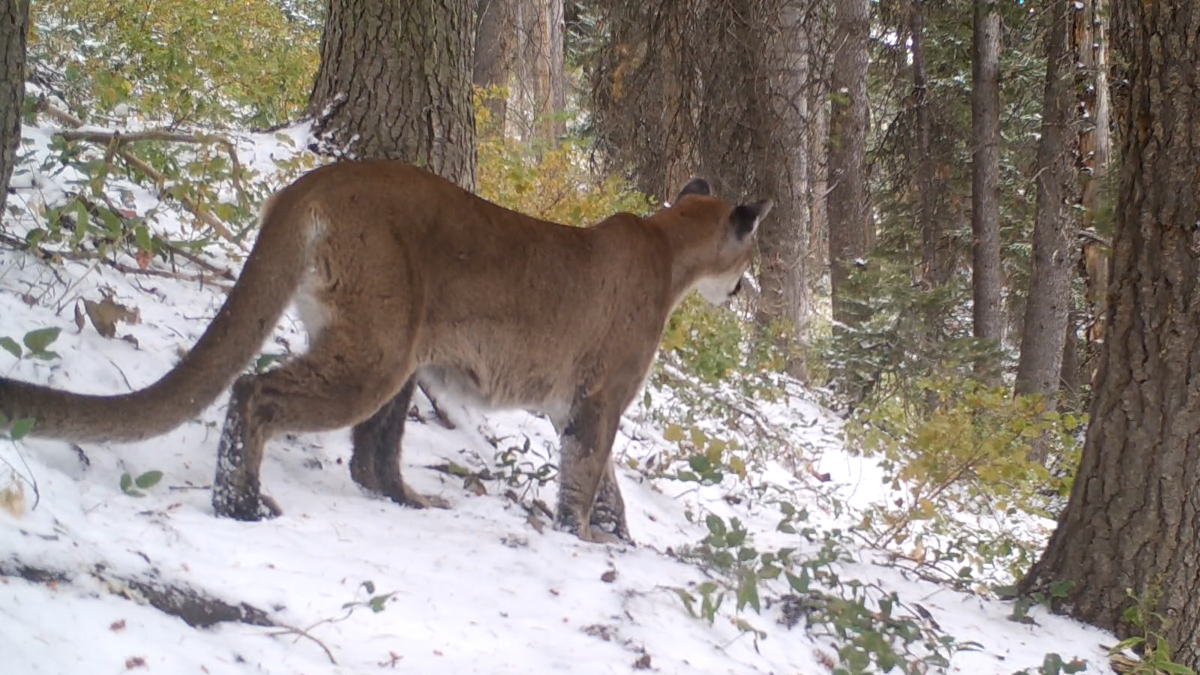

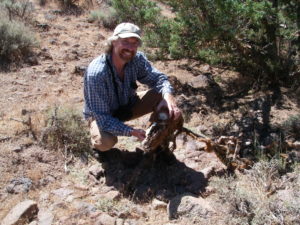 About Dr. David Stoner
About Dr. David Stoner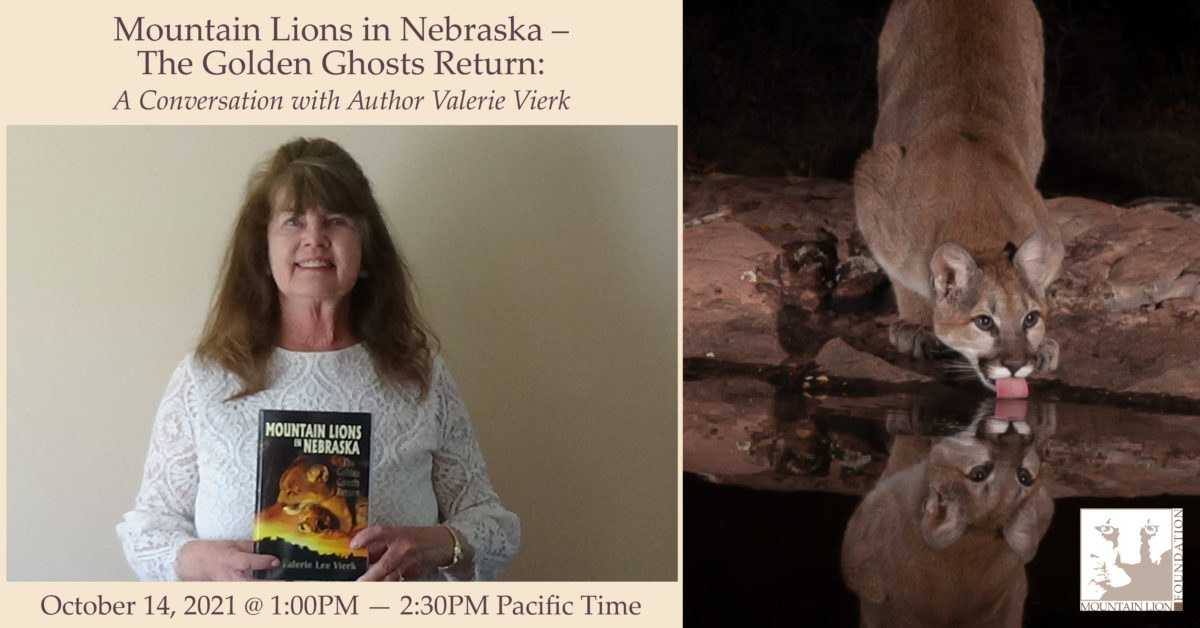
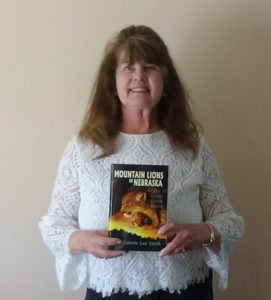 Valerie Vierk is an author who writes poetry, fiction and non-fiction. A writer since her earliest years, in 2005 she published her first book, Gold Stars and Purple Hearts—the War Dead of the Ravenna Area.
Valerie Vierk is an author who writes poetry, fiction and non-fiction. A writer since her earliest years, in 2005 she published her first book, Gold Stars and Purple Hearts—the War Dead of the Ravenna Area.